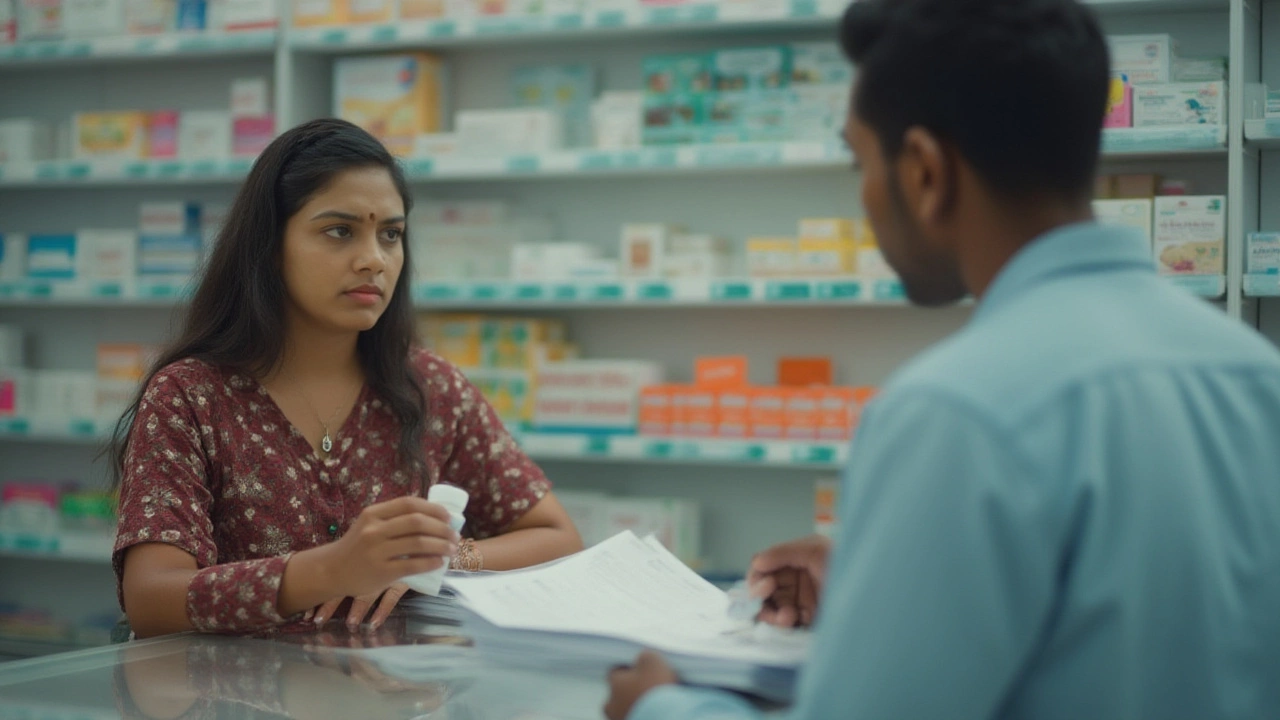Medication Approval: What You Need to Know About How Drugs Get Approved in India
When you pick up a new tablet or injection, you trust that it’s safe and works as promised. That trust comes from a long, structured process called medication approval. In India, the Central Drugs Standard Control Organization (CDSCO) and the Drug Controller General of India (DCGI) are the gatekeepers. They make sure every product, from a simple painkiller to an advanced biologic, meets strict safety and efficacy standards before it hits the market.
Who Decides If a Medicine Is Safe?
CDSCO is the Indian equivalent of the U.S. FDA. It reviews data submitted by drug manufacturers, inspects manufacturing plants, and monitors post‑marketing safety. The DCGI, an official within CDSCO, signs off on the final approval. Both bodies work closely with the Ministry of Health and Family Welfare, and they follow international guidelines from the WHO and ICH to keep standards high.
Steps in the Approval Journey
Getting a drug approved isn’t a one‑step miracle. It usually follows these stages:
1. Pre‑clinical testing: Researchers test the compound in labs and on animals to spot any red flags.
2. Clinical trials Phase I: A small group of healthy volunteers checks safety and dosage.
3. Phase II: The focus shifts to patients with the targeted condition to gauge efficacy and side‑effects.
4. Phase III: Large‑scale trials confirm benefits, compare with existing treatments, and collect more safety data.
5. New Drug Application (NDA): The company bundles all trial results, manufacturing details, and labeling proposals into a dossier for CDSCO.
6. Review and approval: CDSCO’s technical committees scrutinize the NDA. If everything checks out, the DCGI signs the approval letter and the drug gets a Marketing Authorization Number (MAN).
7. Post‑marketing surveillance: Even after launch, the drug is monitored for rare adverse events. Manufacturers must submit periodic safety updates.
Each step can take months or years, depending on the complexity of the drug and the quality of the data. Skipping a stage or providing incomplete data usually means a delayed or rejected application.
For patients, the most useful part of this system is the ability to verify a drug’s approval status. The CDSCO website publishes a searchable database of all approved medicines, including their MAN, dosage forms, and active ingredients. You can also check the package insert for the approval number—if it’s missing, that’s a red flag.
Pharmacies, especially mail‑order and online providers, are obligated to sell only CDSCO‑approved products. When you see a claim like “FDA‑approved” on a site that ships to India, verify whether it refers to the U.S. FDA or India’s CDSCO. The two agencies have different criteria, and a drug cleared abroad may still need Indian approval before you can use it safely.
What should you do if you suspect a medicine isn’t properly approved? First, ask the pharmacist for the MAN. If they can’t provide it, consider switching to a verified brand. You can also report concerns to the Pharmacovigilance Programme of India (PvPI), which tracks adverse events and can launch investigations.
Understanding medication approval helps you make smarter choices, avoid counterfeit products, and trust the treatments you rely on. Keep the CDSCO portal bookmarked, ask questions, and never settle for a drug without clear approval info.






